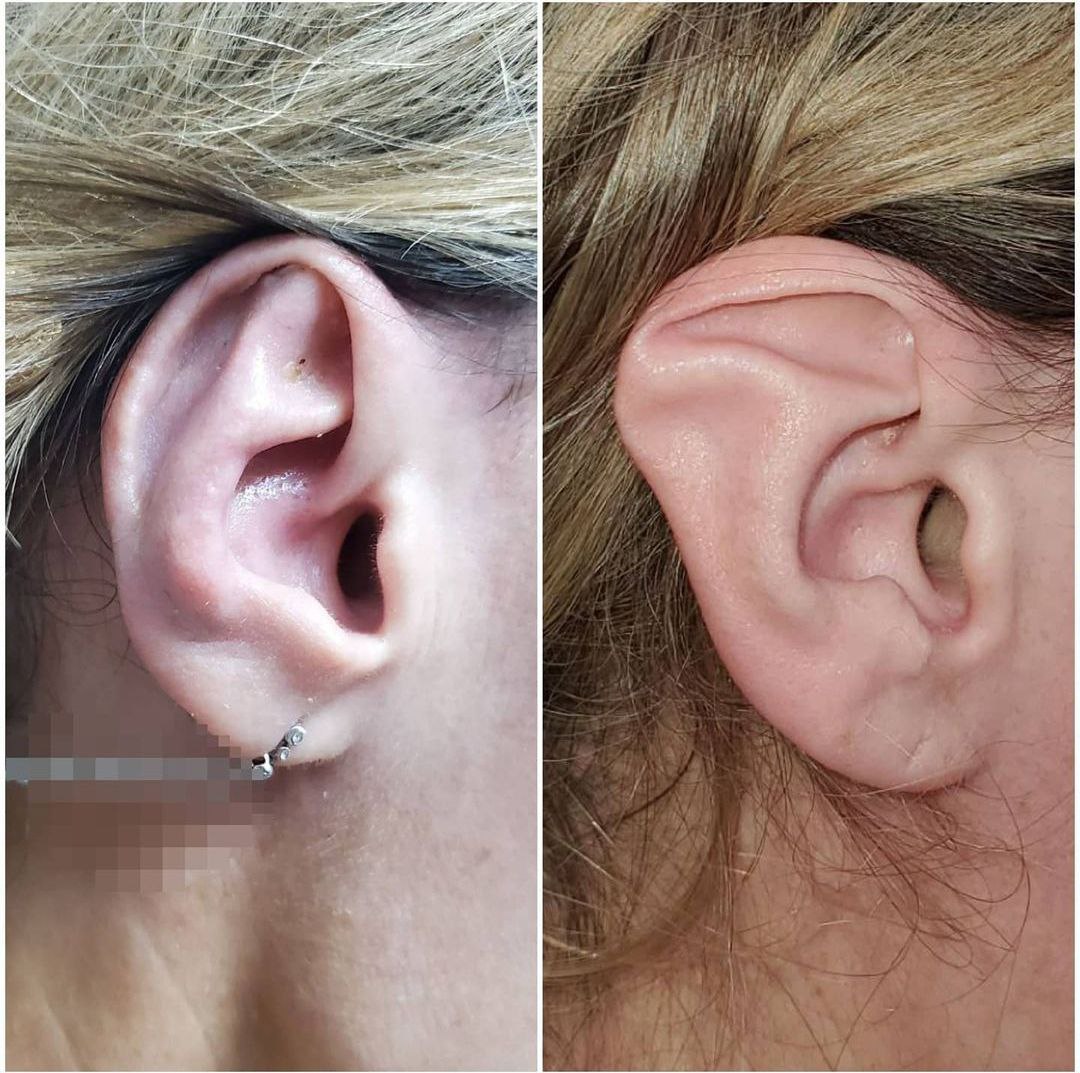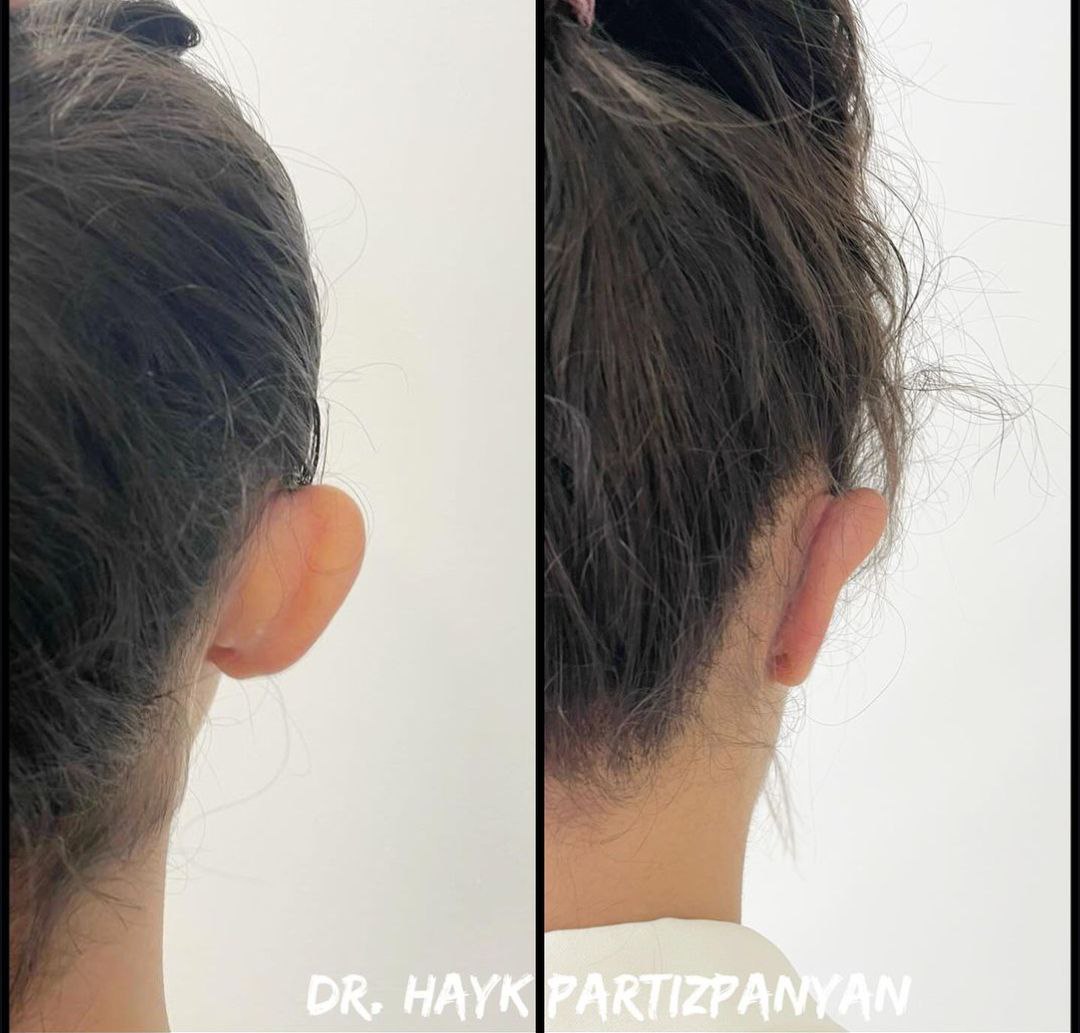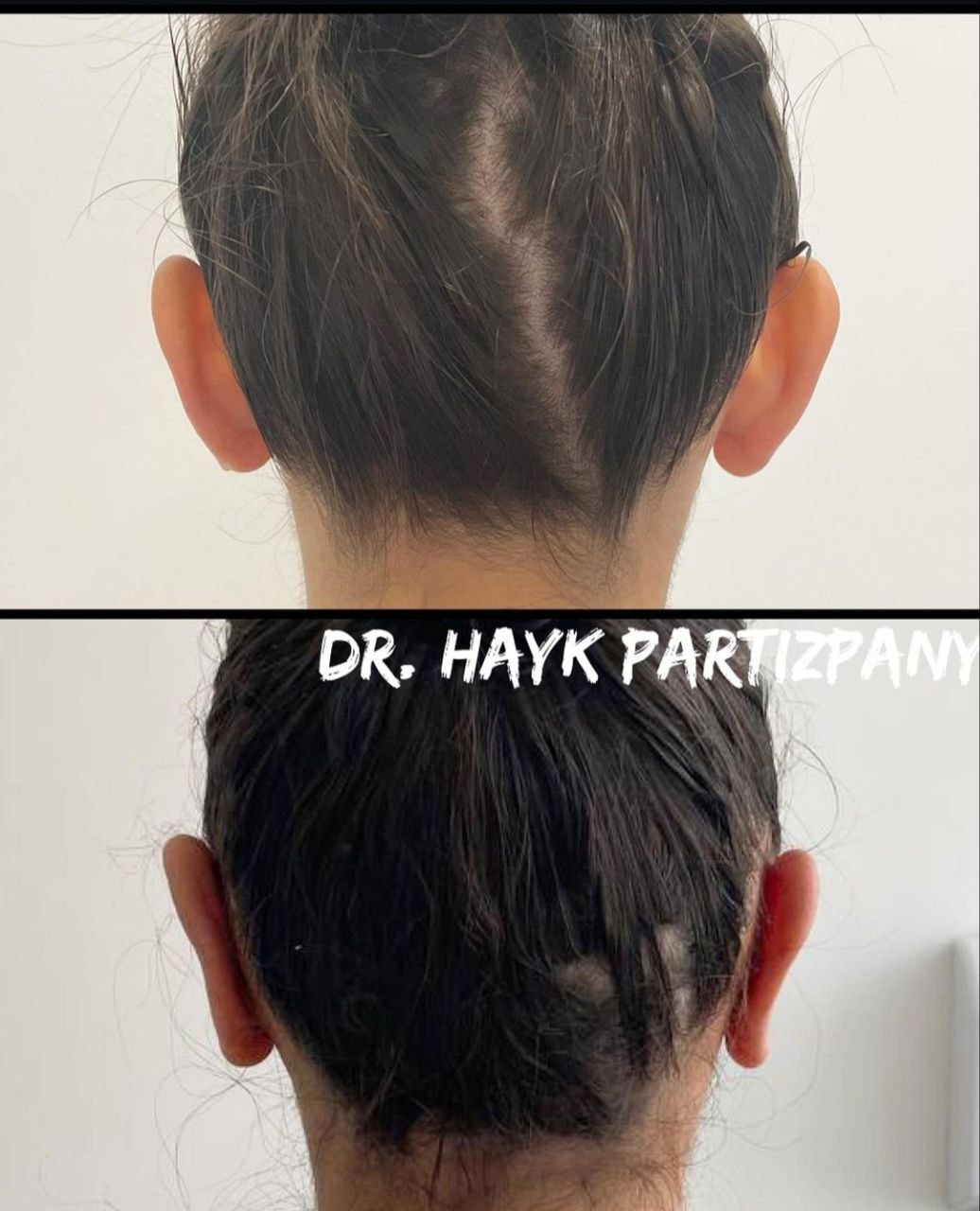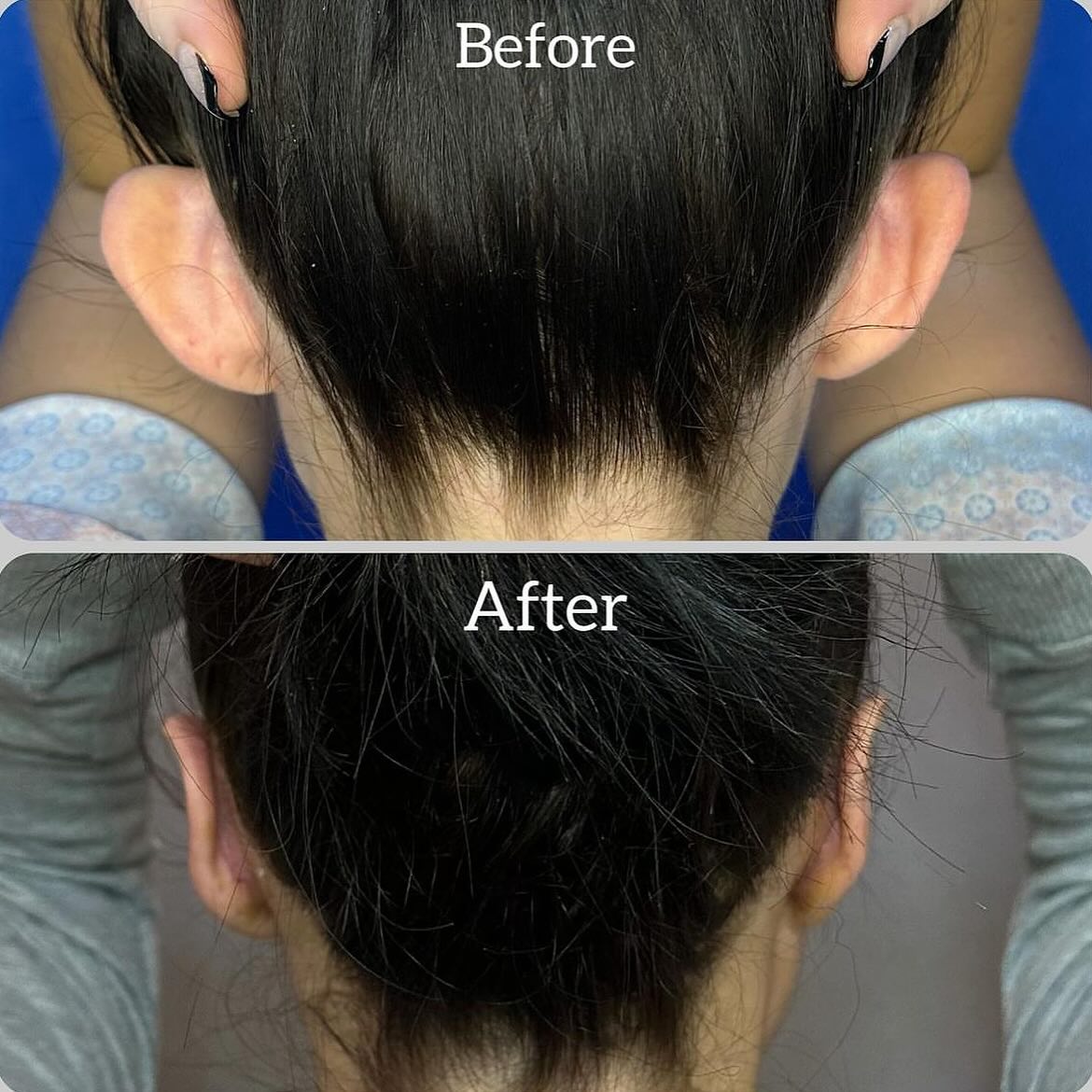




Otoplasty (Cosmetic Ear Surgery)
Price: one ear - from 150 000 AMD, two ears - from 250 000 AMD
Otoplasty — also known as cosmetic ear surgery — is a procedure to change the shape, position or size of the ears. You might choose to have otoplasty if you’re bothered by how far your ears stick out from your head. You might also consider otoplasty if your ear or ears are misshapen due to an injury or birth defect.
This relatively simple procedure can produce a great result. School age children often undergo this surgery. It is not limited to children though. Adults are also candidates.
Indications for surgery:
1) As a result of trauma, the patient’s auricle was damaged.
2) The person has congenital deformities or anomalies in the development of the ear.
3) Serious asymmetry in the shape and size of the auricle.
4) Congenital absence of the external ear (pinna).
5) The patient is not satisfied with the shape or size of the organ for aesthetic reasons.
Contraindications to ear plastic surgery:
1) bleeding disorders,
2) diabetes mellitus,
3) inflammatory diseases of the ears,
4) infectious diseases,
5) any disease in acute form,
6) oncological diseases,
7) hepatitis.
Otoplasty procedure:
The procedure is performed under local anesthesia or general anesthesia (if necessary). After the operation there are no visible scars since all cuts are made behind the ear. Protruding ears can be rotated backward. Some missing natural folds of the ear can be created from the body tissues or from tissues of other parts of the ear. Thickened and injured ears can be making thinner and sculpted. After the operation, over the ear is placed pressure dressing, it helps keep ear in place during the healing.
Rehabilitation period
After surgery, as a rule, the patient does not stay in the clinic, but goes home. The doctor gives detailed recommendations for further rehabilitation, prescribes analgesics to eliminate possible pain. Postoperative edema may occur during the first days. Every 1-2 days, within 10-14 days after otoplasty, the patient visits the surgeon for dressings, monitoring the healing process of tissues and avoiding possible complications. A bandage fixing the auricles should be worn for about a week after the operation. At two weeks, normal daily activities are resumed however contact sports are to be avoided for three months.
